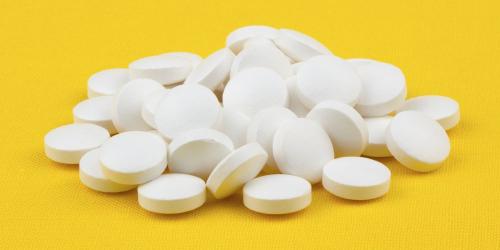Pelvic pain can be recognized by pains in the pelvis, hips or even lower areas of the body such as the thighs and legs. During the period of pregnancy, pelvic bones and joints around them are progressively solicited along with the development of the fetus. A phenomenon that is accentuated during the last trimester of pregnancy: 20% to 40% of women would be affected by these pelvic pain, according to Katrine Mari Owe, a researcher at the Norwegian Public Health Institute in Oslo the study appeared.
This is a study conducted with more than 39,000 Norwegian women pregnant with their first child between 2000 and 2009. The average age of these women? 38 years old. At the 17th week of pregnancy, they were asked about their physical activity, the frequency and type of sport they performed, during the three months before pregnancy. At the 30th week of pregnancy, they were asked about the frequency and intensity of pelvic pain.
At 7.5 months of pregnancy, 1 out of 10 participants had pelvic pain. Of these, 1 in 8 belonged to the group of non-practicing volunteer pregnant women. The latter seemed less fit and some had depression, back problems or overweight. Sportswomen lived better in the last trimester of pregnancy and did not feel any pelvic pain. Many even continued their sporting activity during pregnancy.
The researchers found that pre-pregnancy sportswomen were less exposed to pelvic pain than others. In short, sports cardio (running, fitness, ball games) would reduce the risk of pain. Conclusion, it is better to stay active before, during and after pregnancy.


